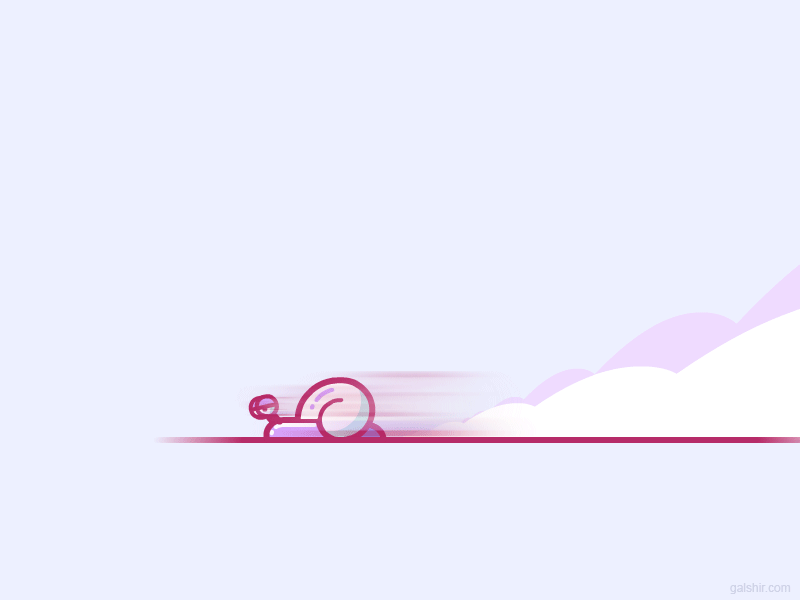
Read with Speed!
Growing Independence and Fluency Design
Madison Keith
Rationale:
Reading fluency refers to a student’s ability to read words accurately and automatically. In order for students to become fluent readers, children must first learn to read faster, smoother, and with expression. Students must read and re-read decodable texts, practice decoding, and decode at a speedy pace. This lesson will ask students to read a decodable text, pair up for buddy reading, and ultimately improve speed and develop a better understanding of these readings.
Materials:
A copy of “Go, Dog Go!” for each student
Cover up critter (one for each student)
White board
Dry erase marker
Pencil for each student
Stop watch for each pair of students
Speed reading record for each student
Reading fluency partner check sheet for each student
Speed Reading Record:
Name:_________________________ Date:___________
Time:
- After 1st read _______
- After 2nd read _______
- After 3rd read _______
Partner Check Sheet for students to assess their partner’s fluency:
When I listened to my partner read:
After 2nd After 3rd
1. Remembered more words _______ _______
2. Read faster _______ _______
3. Read smoother _______ _______
4. Read with expression _______ _______
Procedures:
Introduce reading fluency to the class. Say: “Ok class, today we will be discussing something super fun. It is called reading fluency! As you become professional readers, it is very important to become fluent so that you can make such an achievement. In order to practice fluency, we as students can read a story over and over again. Today, we are going to do just that. I want each of you to challenge yourselves to read speedier and speedier each time you read your story today!”
Distribute the cover up critters and show them on the whiteboard how to use them. Say: “As you read a story and come across a word that you aren’t familiar with and can’t read fluently, you can use your cover up critter to decode it! Watch how I use my cover up critter to decode this unfamiliar word.” Write the word reach on the board. Cover all of the letters except r. Pronounce the sound of r=/r/. Next, uncover the vowels /e/ and /a/. Say: “What sound do these vowels make together? rrr-eeeeaaa.” Next, uncover the letters /c/ and /ch/. Model the sound that consonant cluster ch makes. Say: “Ok lets say it together, rrreeaaachh. Oh the word is reach!”
“I want all of you see what a fluent reader sounds like. Im going to read a sentence aloud. As you become a fluent reader, you will start slow, so that is what I’m going to do! [Have the sentence “Dan has a fast van” on the board.] Next, read it slowly, “Ddaan… hhaaas.. aa… faaast… vvvaan.” “This is what is sounds like to read as a non fluent reader.” I’m going to read it two more times and increase my reading fluency, just as we are about to do in a few minutes! Dan.. hhass… a..fffast..vvaan. One more time, lets see if I can speed up my fluency! Dan has a fffaast vaan. See how quickly I became fluent with practice? Practice makes perfect, and as I practiced and kept reading, I became even closer to becoming a professional reader! Fluent readers read it like this: Dan has a fast van.”
Say: “When you do not automatically recognize a work however, you can do this fun activity called crosschecking! Cross checking is a tool that fluent readers use to make sense of the sentences that they read and read more successfully. If the word that you think it reads does not make sense in the sentence, you an change your guess by finishing the sentence then decoding the word so that it makes sense in the sentence.”
Say: “Now that you have heard me read as a fluent reader, I want you to try to become fluent readers! With your partner [which have been previously chosen by the teacher] you will each read the texts “Go, Dog, Go,” and pose as the teacher and score each other. One of you will pose as the reader and the other the recorder.” [explain speed reading recording sheet] say: “The reader will read the text three times, just as I read the sentence about Dan’s van. The recorder will time each reading and write down the times.”
Distribute the texts “Go, Dog, Go!” and give them the book talk. Say: “This book is about two dogs. One has a hat with a flower on it and asks the other dog if he likes it. He does not. They keep meeting again and each time the girl dog has a different hat on. Will he ever like her hats? Keep reading to find out!”
Students will evaluate their partners and how they preformed on each reading.
Assessment:
I will use the fluency reading checklist as an assessment, and do my own evaluation on the students as they come individually and read the passage. I will compare the time with the 3rd time that was recorded on their peer review sheet and assess their fluency.
References:
Ready, Set, Read! By Beth Kelley
http://www.auburn.edu/academic/education/reading_genie/awakenings/kelleybgf.htm
Go, Read. Go! By Landon McKean
http://www.auburn.edu/academic/education/reading_genie/constr/mckeangf.html


